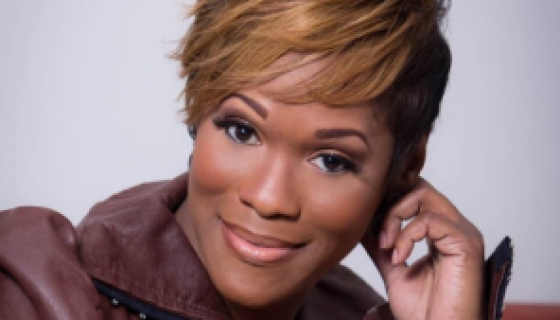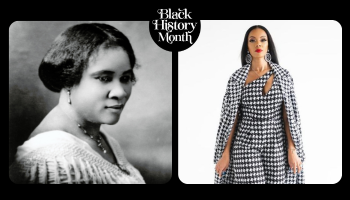Brian Hemsworth’s book club wasn’t anything to write home about.
The club — one of about 80 created and founded by Mosaic, a non-denominational Christian church in Pasadena, Calif. — didn’t offer much for the members, save for some discussion on the previous week’s service and the occasional get-together at a picnic or church function.
It was all standard and by-the-book.
That was, until Hemsworth and other group members flocked to Twitter and began dropping their hashtags and tweets. They snapped photos and sent them instantly via the new-age telegram.
Soon enough, what was once a weekly gathering transformed into an everyday discussion.
“People just began to connect,” Hemsworth said. “People are wanting to find ways of connecting and getting together. And social media is really helping that.”
More believers, like Hemsworth, are beginning to use social media in their religious practice, according to experts at the Network for New Media, Religion and Digital Culture Studies. In some cases, social media has become an extension of existing religious practice as churchgoers connect with their pastors and fellow worshippers outside of the pews and away from the organs. But for others, social media has become a substitute as online users have found new ways to get in tune with religion.
Social media is changing the face of religion, said Heidi Campbell, associate professor of communications at Texas A&M University. “Social media becomes an important way to connect and make your religious experience a 24/7 experience rather than something you do on the weekends.”
Influencing believers
Hemsworth’s pastors are sometimes away from his church — but they’re never really gone. They often snap photos for Instagram and share where they are and why they’re there.
It’s not uncommon for pastors and religious leaders to use Twitter and social media. In fact, it’s the latest trend, according to a 2013 Twiplomacy Study done by Burson-Marsteller. Pope Francis is now ranked as the most influential Twitter user based on the average number of retweets he receives from his six accounts in different languages, the study said. Pope Francis is listed as having the second-highest number of followers overall among world leaders, right behind President Barack Obama.
In recent years, faith community leaders have started building social media brands to help differentiate themselves from others, said Pauline Hope Cheong, associate professor at Arizona State University.
“Some pastors feel like they need to step out in this religious democracy,” Cheong said.
Cheong has spent years researching Twitter trends among pastors and plans to publish them in a new book, “Digital Religion, Social Media and Culture: Perspectives, Practices and Futures,” which is still under review, she said.
One trend she found was that social media is restructuring religious authority. In the past, Cheong said, religious authority was given and everything ran on a “top-down” format. But because of social media and the way pastors are connecting with their followers — including posting gospel-related tweets, a modern take on standing at the pulpit — the authority is co-constructed and a shared experience, Cheong said.
By posting spiritual thoughts instead of just scripture, pastors make themselves a part of the conversation and not just a leader, Cheong said.
This creates an easier environment for those who aren’t usually involved with religion and ups the interest level, she said. For example, Cheong’s research showed those who create or read religious memes have a better understanding of religion — and want to take part in it — because they are seeing religion through a more modern medium.
Pastor Ted Stefan’s Los Angeles-based church, the Golden Heart Center, has used Vimeo, a video-based social media site, to connect with users. He said social media methods can reach believers who might feel uncomfortable attending an unfamiliar church. Ultimately, this has led to new believers, Stefan said. People following religion on social media eventually want to become committed and join a church or religious group because they are “on a spiritual journey and growing,” he said.
Stefan said he met a woman who was in a “hellfire and brimstone” kind of church where “God was angry.” Only after she heard one of Stefan’s podcasted sermons and saw his social media posts did she decide to make a change and switch churches.
“That opened her up, and she began her relationship with God again,” Stefan said.
article courtesy of BCNN1.com















